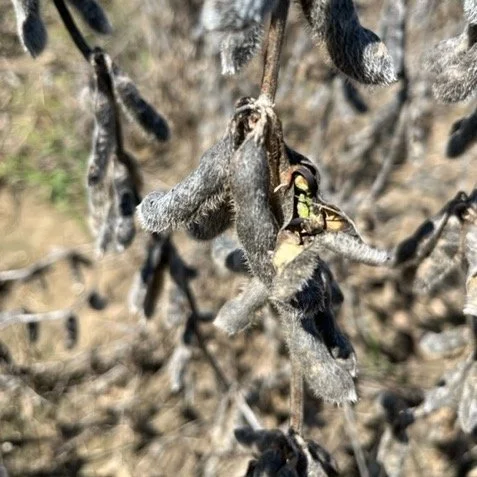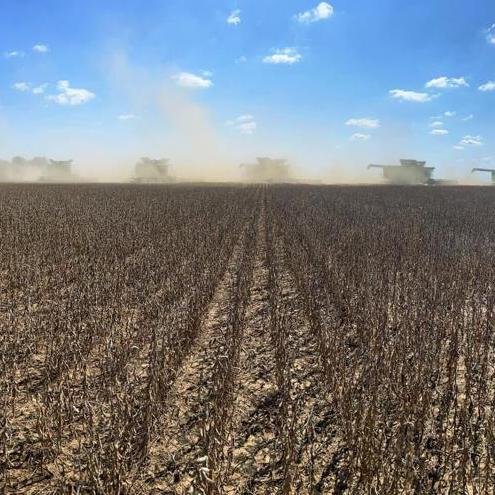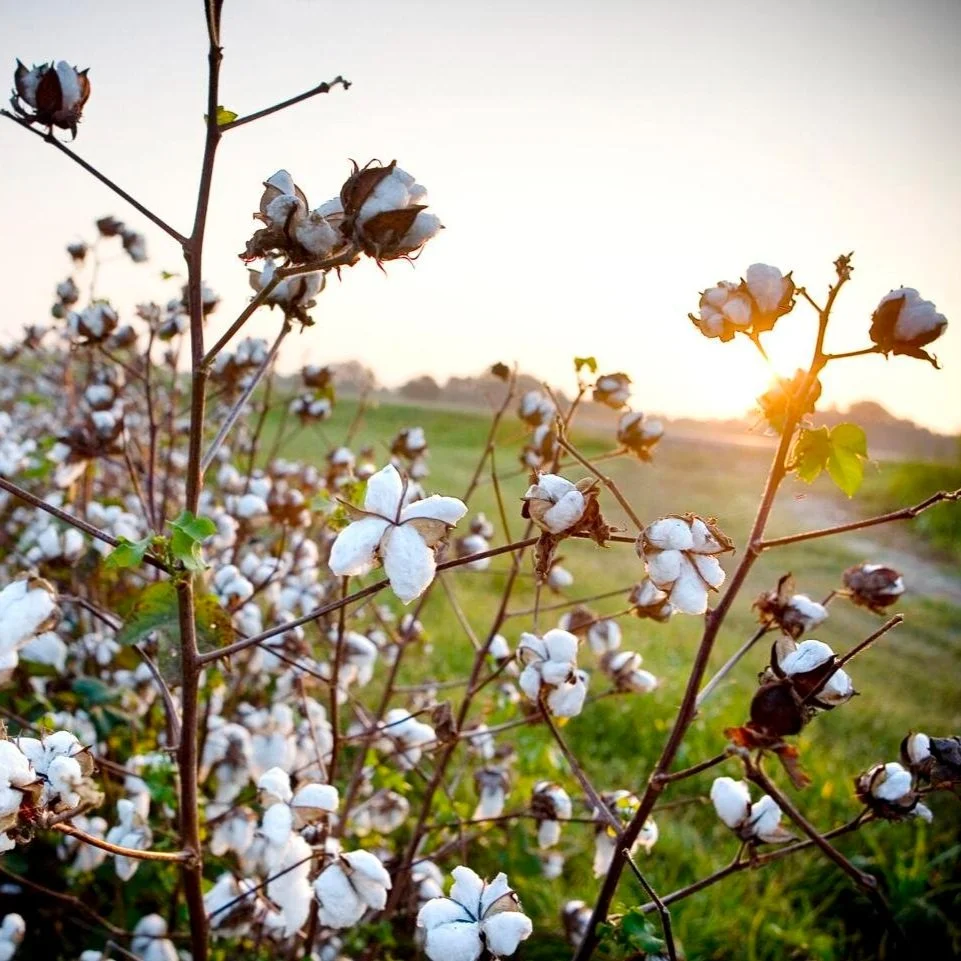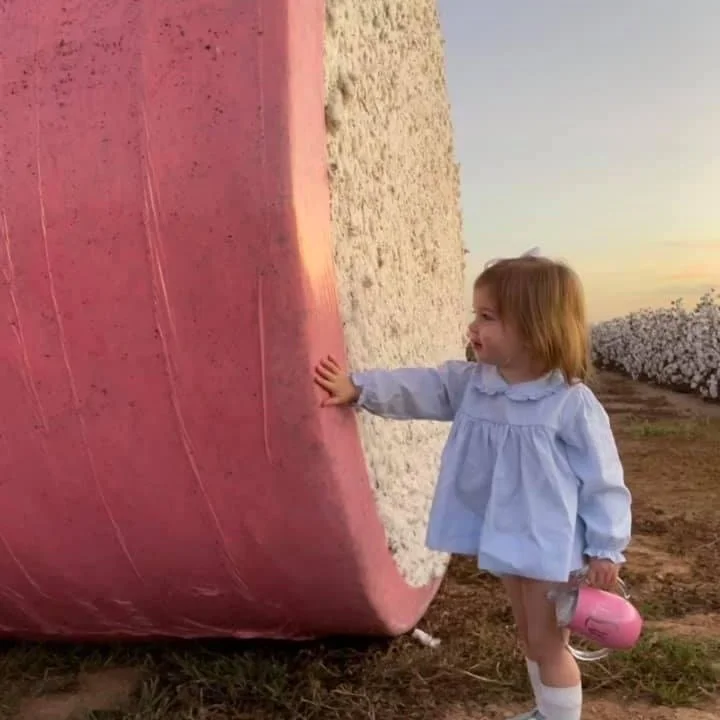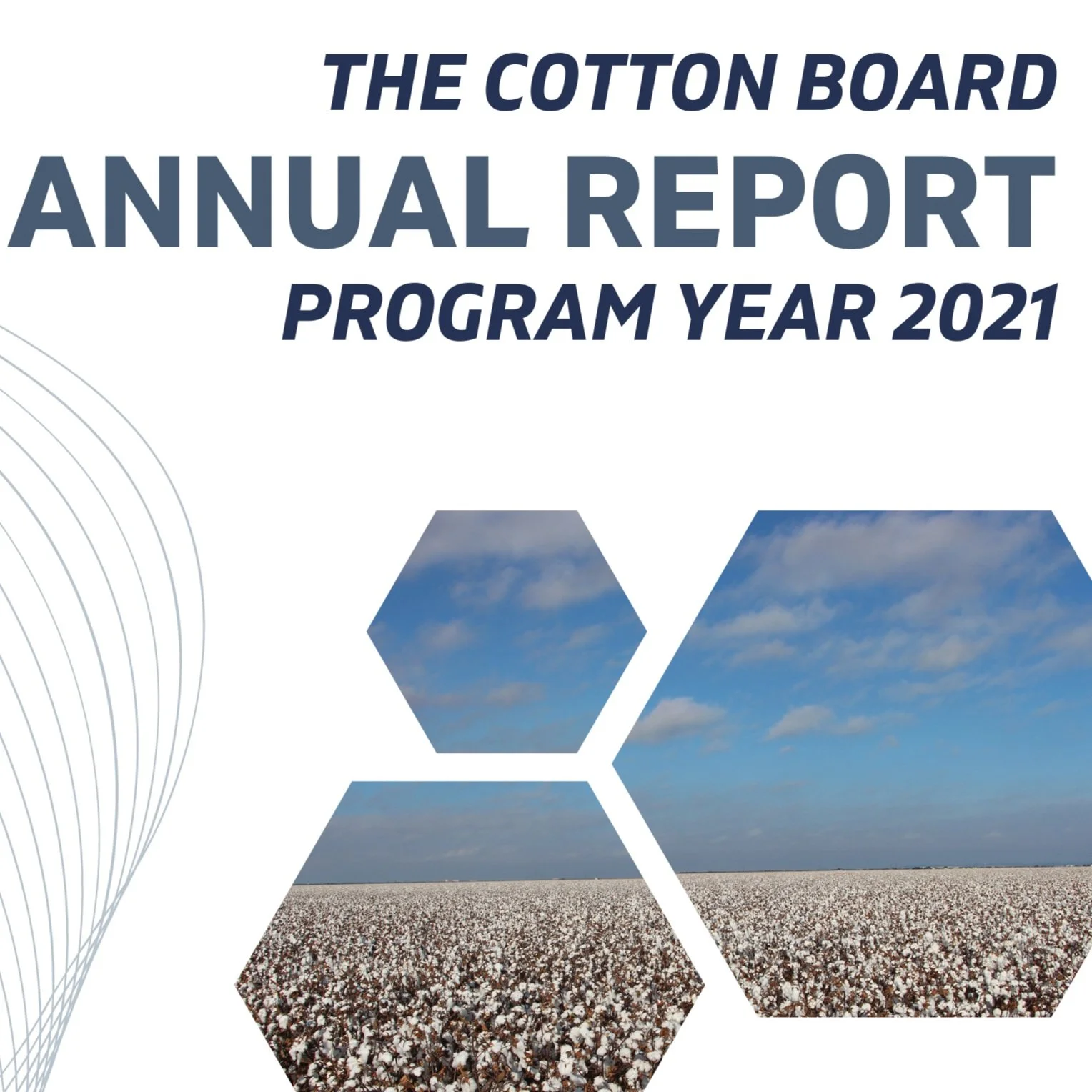As Louisiana Farm Bureau Federation continues to work with agencies and government officials to quantify the losses from August rain events, summer drought, and other weather related losses to this 2022 crop, we have received word from Louisiana’s Farm Service Agency that they are actively documenting the production losses from 2022 natural disasters.
Read MoreCongressman Frank Lucas (OK-03) introduced the Protect Farmers from the SEC Act. The bill would prohibit the U.S. Securities and Exchange Commission (SEC) from requiring an issuer of securities to disclose greenhouse gas emissions (GHG) from upstream and downstream activities in the issuer’s value chain arising from farms and ranches.
National Cotton Council Chairman Ted Schneider said the U.S. cotton industry welcomes Representative Lucas’ bill which will prevent more unnecessary regulation of this nation’s producers and ranchers.
Read MoreArea farmers say the recent rainfall in northeastern Louisiana has damaged crops so badly that many will not be able to recover financially if the U.S. Department of Agriculture does not step in.
Weeks of frequent rainfall in August and September have wrecked local crops and crop insurance likely will not cover the damage, according to Scott Franklin, a commercial rice dryer in Rayville.
Read MoreCotton Incorporated announced today the 2022 class of the Cotton Research and Promotion Hall of Fame. The program, now in its seventh year after a two-year hiatus, recognizes individuals that have made significant contributions to the Program or to the cotton industry in general. The honorees will be formally inducted into the Cotton Research and Promotion Program Hall of Fame at the joint Cotton Incorporated/Cotton Board Annual Meeting this December in New Orleans.
Read MoreIt is an understatement to say soybean farmers have had a challenging year in 2022. In April, farmers had to plant around several rain events. Despite the several April showers, 59% of the soybean fields in LA were planted by May 1 compared to the five-year average of 43% and 23% from last year.
Read MoreThe Louisiana Cotton Festival will look a little different this year, but organizers hope some new activities will make up for the lack of a carnival midway.
"As you and your family are well aware, we are facing a difficult economy and trying times. Unfortunately, carnival companies are still facing the effects of the COVID-19 shutdown and their availability is limited," a post on the festival's Facebook states.
Read MoreThis month’s 2022/23 U.S. corn outlook is for lower supplies, smaller feed and residual use, reduced exports and corn used for ethanol, and tighter ending stocks. Beginning stocks for 2022/23 are projected 5 million bushels lower based on essentially offsetting export and corn used for ethanol changes for 2021/22.
Read MoreNational Cotton Council Chairman Ted Schneider said the U.S. cotton industry applauds USDA for promoting sustainable farming practices through its Partnership for Climate-Smart Commodities — including the new Climate Smart Cotton Program led by the U.S. Cotton Trust Protocol.
Read MoreThe weather in the past months has really taken a toll on the crops at some Louisiana farms. Frogmore Farms is one of many that has lost harvest due to weather conditions.
John Branton, the managing partner and operator for Frogmore Farms, said, “As soon as the heat broke, we ended up getting a rain, which we thought was a blessing, but turned out to be 22 days of rain in August, and we got 12 inches at the end of the crop cycle. So what happened was that the crops simply rotted.”
Read MoreLast winter, Tensas Parish farmer Will Ratliffe was optimistic about this year's harvest. Commodity prices were up, and his 3,500 acres of soybeans, cotton and corn appeared set for a banner year.
But soon after, prices for fertilizer, fuel and other supplies climbed to unprecedented levels.
Read MoreThe U.S Cotton Trust Protocol is proud to be the lead and recipient of the U.S. Climate Smart Cotton Program, which will receive funding as one of those selected as part of the USDA Partnership for Climate-Smart Commodities pilot projects.
Read MoreThe monthly World Agricultural Supply and Demand Estimates, released Monday by USDA’s Office of the Chief Economist, decreased corn supply for the start of the new marketing year, largely driven by a drop in production from a reduction in national average yield and area harvested.
Read MoreLouisiana corn for grain production is forecast at 71.8 million bushels, down 15 percent from the August 1 forecast and down 31 percent from 2021. Based on conditions as of September 1, yield is expected to average 165 bushels per acre, down 10 bushels from last month and down 18 bushels from last year.
Read MoreExcessive rains have resulted in sodden, muddy fields, putting a hold on the 2022 corn and soybean harvest.
The pause in harvest concerns farmers who cannot finish gathering their crops and with late summer heat and moisture, corn and soybeans have started to sprout and rot, according to Kylie Miller, LSU AgCenter Extension agent.
Read MoreThis annual report covers the 2021 calendar and fiscal year for The Cotton Board, the oversight and administrative arm of the Cotton Research and Promotion Program (the Program). The objectives of the Program are to strengthen cotton’s competitive position and to maintain and expand domestic and foreign markets and uses for cotton by developing, funding, and implementing a coordinated plan of research and promotion.
Read More
